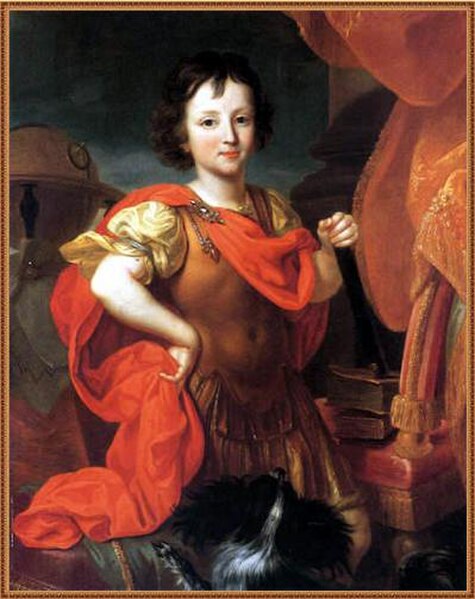John Law was a Scottish-French economist who distinguished money, a means of exchange, from national wealth dependent on trade. He served as Controller General of Finances under the Duke of Orleans, who was regent for the juvenile Louis XV of France. In 1716, Law set up a private Banque Générale in France. A year later it was nationalised at his request and renamed as Banque Royale. The private bank had been funded mainly by John Law and Louis XV; three-quarters of its capital consisted of government bills and government-accepted notes, effectively making it the nation's first central bank. Backed only partially by silver, it was a fractional reserve bank. Law also set up and directed the Mississippi Company, funded by the Banque Royale. Its chaotic collapse has been compared to the 17th-century tulip mania parable in Holland. The Mississippi bubble coincided with the South Sea bubble in England, which allegedly took ideas from it. Law was a gambler who would win card games by mentally calculating odds. He propounded ideas such as the scarcity theory of value and the real bills doctrine. He held that money creation stimulated an economy, paper money was preferable to metal, and dividend-paying shares a superior form of money. The term "millionaire" was coined for beneficiaries of Law's scheme.

John Law, by Casimir Balthazar
Judgement of Apol over the bubbles, the experiences with Law and the rue Quincampoix, satirical temporary pamflet from Holland
Paper money endorsed by John Law, 1718.
Contemporary political cartoon of Law from Het Groote Tafereel der Dwaasheid (1720); text reads "Law loquitur. The wind is my treasure, cushion, and foundation. Master of the wind, I am master of life, and my wind monopoly becomes straightway the object of idolatry".
Philippe II, Duke of Orléans
Philippe II, Duke of Orléans, was a French prince, soldier, and statesman who served as Regent of the Kingdom of France from 1715 to 1723. He is referred to in French as le Régent. He was the son of Monsieur Philippe I, Duke of Orleans, and Madame Elisabeth Charlotte, Duchess of Orléans. Born at his father's palace at Saint-Cloud, he was known from birth by the title of Duke of Chartres.
The 10-year-old Duke of Chartres in red on the right; the scene depicts the Doge of Genoa at Versailles on 15 May 1685.
Philippe c. 1678
Philippe in 1686 by Nicolas de Largillière
Philippe's wife, Françoise Marie de Bourbon, youngest daughter of Madame de Montespan, by François de Troy.








